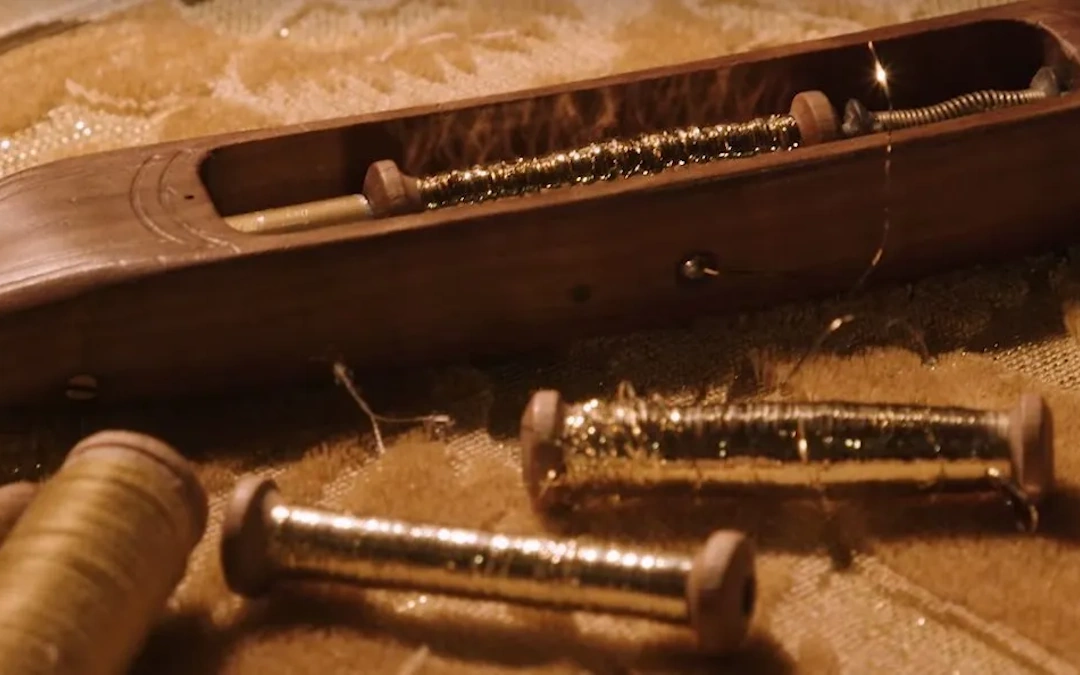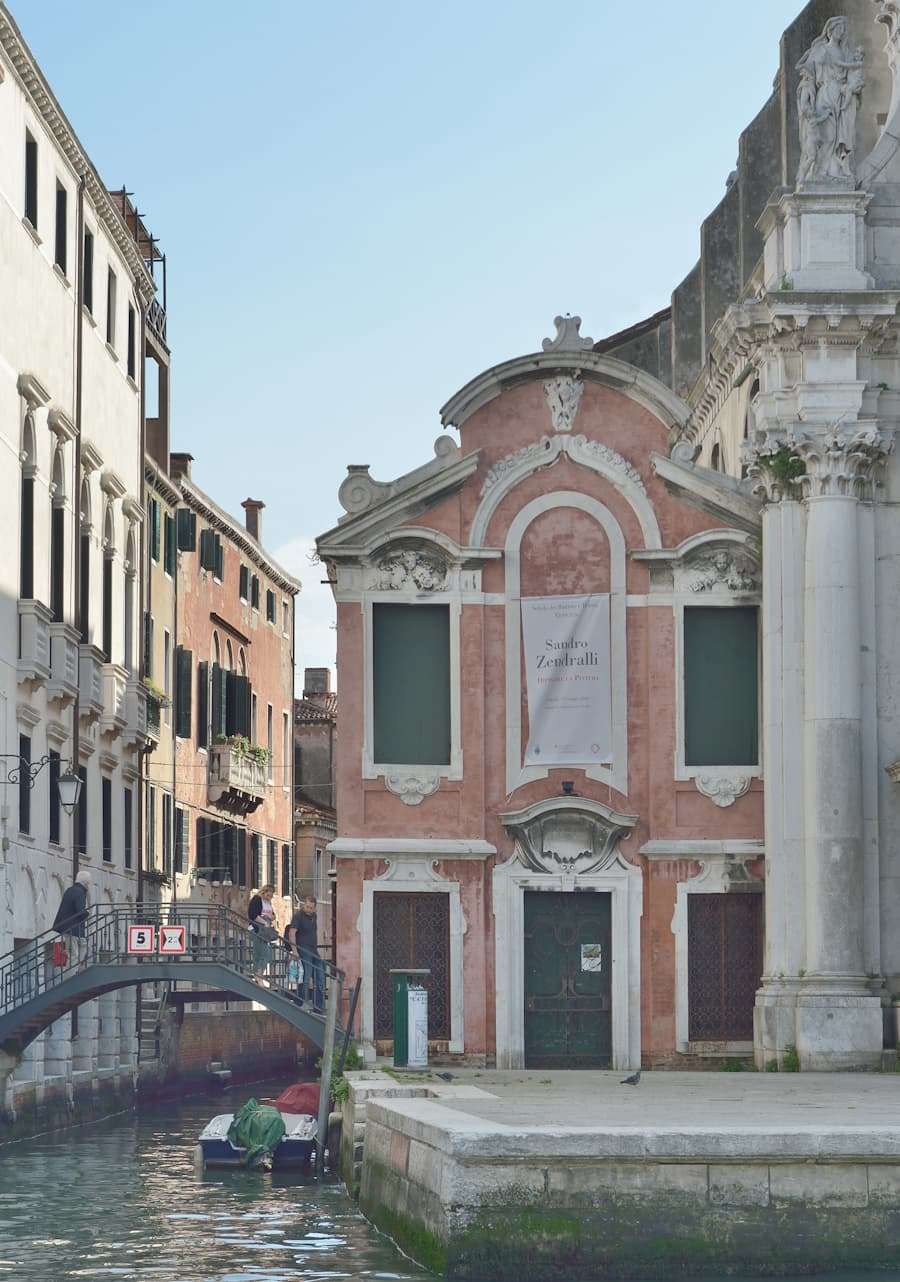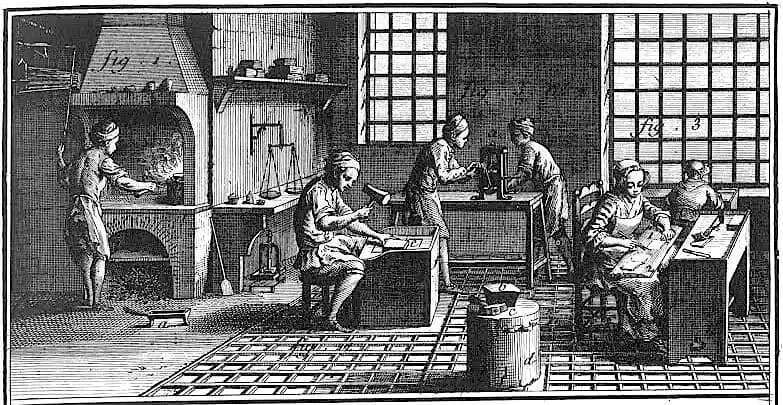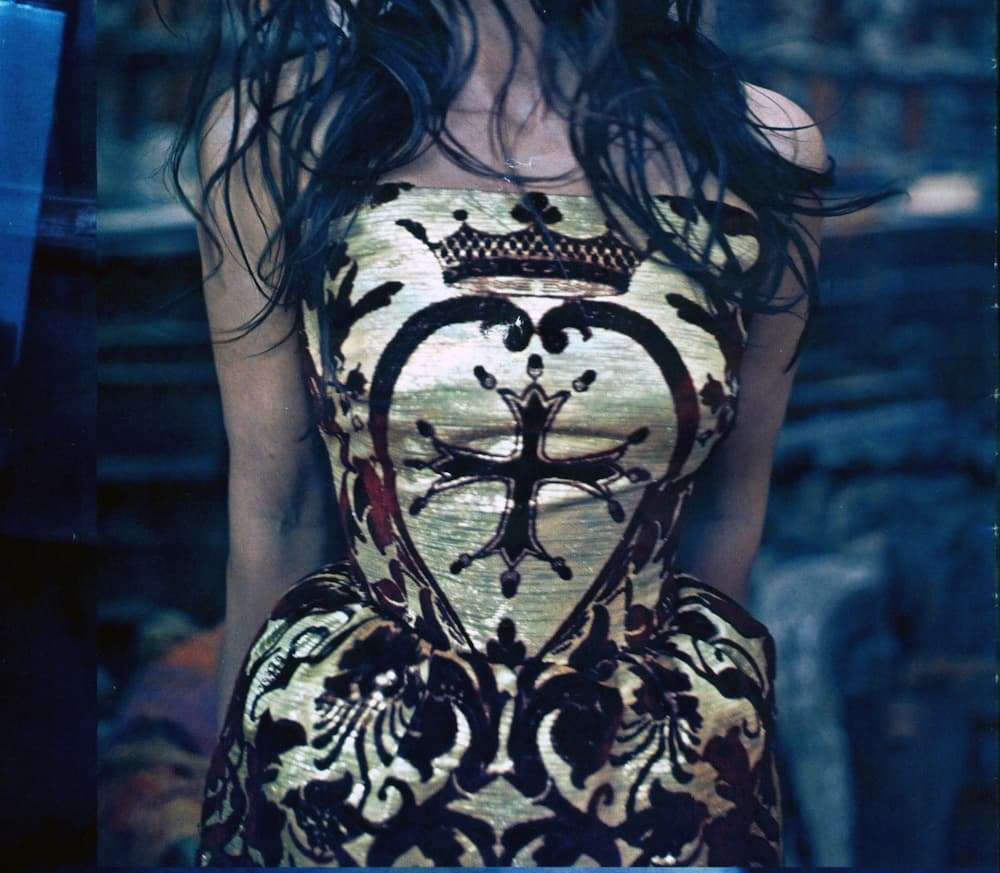There is a very old tradition related to weaving that we want to preserve and revive: that of the gold cloth. We will reveal its history and explain why this noble branch of Venetian textile production is still alive.
Characteristics of Cloth of Gold and Historical Background
Cloth of gold is a luxury fabric for furnishings and clothing, made by interlacing silk with gold or silver threads.
Of very ancient origins (some sources date it back to 11th century Greece), gold silk weaving arrived in Venice in the 14th century thanks to trade with the Orient, and reached a very high level, especially in the 17th century, so much so that the merchants of the Serenissima exported it to Germany and the Orient, where the demand for luxury fabrics was high. At the end of the 14th century, other Italian states were also producing this type of fine cloth: the Duchy of Milan and the Republics of Genoa, Florence and Lucca.
Various documents testify to the Venetian tradition associated with these precious fabrics. A law of 1366, prohibiting the import of gold cloth, testifies that the production of velvet and gold cloth was constantly increasing (“ars vellutorum et pannorum auri et settae sint multum aucta et continue augeatur”).
In 1370, it was decreed that no slave could learn the art of weaving or produce canvas, velvet and gold cloth. In fact, Venice exercised strict control to ensure the perfection and quality of its textiles. In order to practice the arte della seta (silk guild), the artisans had to pass some tests that demonstrated both their ability to set up and use the loom and their skill in weaving velvet.
The activity of our Tessitura is also rooted in this centuries-old tradition. In 1897, Ernesto Trevisani wrote in the “Rivista Industriale e Commerciale di Venezia e Provincia” magazine about the company’s reputation “for brocades and damasks of exceptional taste and quality” as well as “the so-called soprarizzi, that are pile-on-pile velvets with raised ornaments on a gold, silver and satin ground. “It must be said,” writes Trevisani, “that for this splendid type the Casa Bevilacqua deserves its reputation as the best producer, easily able to compete with foreign products.”
In 1711, next to the church of San Stae in Venice, the scuola for the art of working with precious metals was built. It was a place where they used to meet. The inscription “Scola dell’arte tiraoro e battioro 1711” can still be seen on the façade of the beautiful small building in late Baroque style. The art of the reduction of gold or silver into threads for the weaving of precious fabrics and embroidery was therefore at the heart of the Sestriere di Santa Croce.
“Scoletta dell’arte dei battioro e tiraoro” – Venice
The Production of Gold Cloth
It is said that just before the 11th century, during the reign of Doge Vitale Faliero (1084-1096), the Western Emperor Henry IV visited Venice to venerate the body of St. Mark. At his service was Antinope, a skilled Greek weaver specialized in the art of silk, who made a robe of silk and gold thread for a lady with whom the emperor had fallen in love.
On this occasion, a document of the time mentions the key figures in the art of working with precious metals for weaving: the battiloro (gold-beaters), tiraoro (gold thread-makers), and filaoro (gold thread-winders).
The battiloro are the artisans who beat gold with hammers, reducing it to very thin sheets, down to a thickness of ten-thousandths of a millimeter, which are then cut.
The tiraoro, are in charge of pulling the precious metals to reduce them to long, very thin threads by forcing them through dies with circular holes of decreasing size.
Finally, the filaoro are in charge of winding the gold and silver foils and threads around a textile fiber, particularly silk, in a more or less narrow helix. The ancients used pure gold, but from the 13th to the 16th century, thin sheets of silver or gilded silver were used.
It was then up to the weavers to create the fabrics by hand, using the fine metal yarns to make brocades, damasks and velvets. One of the most characteristic techniques was the allucciolatura, a true textile masterpiece.
Such precious fabrics are still being produced today.
Battiloro Workshop (1784, Encyclopédie Diderot d’Alembert)
The Dress of Famous Italian Designers with Bevilacqua Venetian Velvet
Occasionally we are asked to make exclusive fabrics with pure gold threads.
This is what happened in 2012 when we made the dress you see in the photo for important Italian designers. We have been working with these designers since 2000 and on this occasion they had chosen one of the patterns in our archive.
The design you see on the dress was originally used for church decoration. The Italian designers chose it to create a couture dress that appeared in the September 2012 issue of Vogue, which was dedicated to Italian haute couture and its relationship with the future.
This luxurious gown is a testament to how Venice’s oldest traditions can still shine today, and we will continue to pass them on as time goes by.





